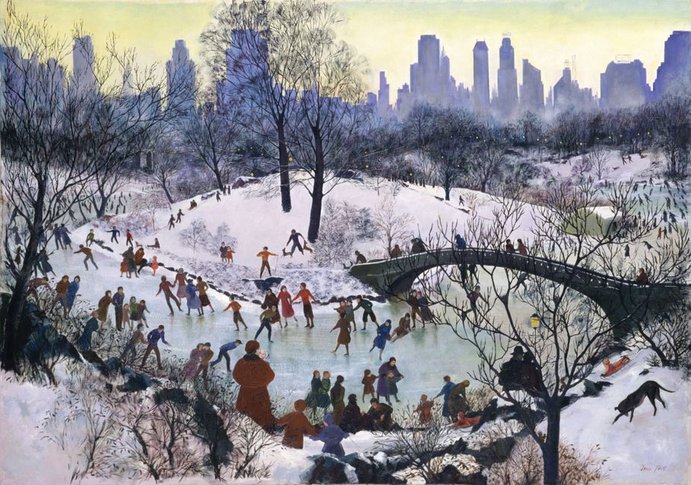April 2015
Kimberly Blaeser
kblaeser@uwm.edu
kblaeser@uwm.edu
As poet, photographer, and professor (not to mention wife, mother, and sometimes activist), I spend my life in an endless balancing act. I was recently appointed Wisconsin Poet Laureate and will hold that post through 2016. My teaching is in Creative Writing, Native American Literature, and American Nature Writing at the University of Wisconsin-Milwaukee. My publications include three collections of poetry: Apprenticed to Justice, Absentee Indians and Other Poems, and Trailing You. I am also the author of the scholarly monograph Gerald Vizenor: Writing in the Oral Tradition, and the editor of Stories Migrating Home: A Collection of Anishinaabe Prose and Traces in Blood, Bone, and Stone: Contemporary Ojibwe Poetry. My current creative project features “Picto-Poems” and brings my nature and wildlife photography together with poetry to explore intersecting ideas about Native place, nature, preservation, and spiritual sustenance. For more information about my work, please visit www.kblaeser.org.
Winter Transfigurations
after Skating in Central Park - Agnes Tait, 1934
o/c - 33 3/4 x 48 in. - Smithsonian American Art Museum
after Skating in Central Park - Agnes Tait, 1934
o/c - 33 3/4 x 48 in. - Smithsonian American Art Museum
1.
In Wisconsin winter, fields stretch out and endlessly
white keeps falling on white. . .
Suddenly one morning the snow is spotted with dark bodies,
the sky strung with migrating waterfowl
returning, geese sit huddled
honking into late winter storms,
while beaks of sandhill cranes lift like praying hands,
and mallards gather where day by day ice returns to water.
Beyond calendar and almanac, a cold waiting—
and feathered instincts like faith.
2.
On Central Park’s winter slopes and frozen pond
an idyll of Americana, 1930’s diorama laced with color and animation
a bounty of outstretched limbs racing the fleeing day.
Beyond the sight of Hoovervilles, backlit by golden sky
sled riders follow sled riders, cap to boot down the slope,
matrons attend bonnet-headed babies, skinny-legged mutts pant and chase,
while a jumble of skaters—red blue and brown—set their blades,
hands linked like cut-out dolls, and push off on tingling legs
and lean and push and lean and build a holy
speed until they whirl themselves forward
slant forms following a frozen arc, a rhapsody
of flushed bodies moving clockwise and counter, becoming
on the other side of ice, a silver memory of color—
now called from glistening mirage by barking dogs and childlike squeals.
Here, in depression era New York, misted layers of faded skyline waver
just a grey city drop cloth, an artist’s outline of fabled civilization sinking into darkness.
While joyous evening exiles follow arabesque patterns across the park footbridge,
breathe the soft dove call of tranquil forgetfulness,
and enter a comforting circle of twinkling lights and woodland sentinels.
Here tree trunks and their tributaries delicately ink themselves on every surface:
a nest of intricate lines tattoo the island hill
brush anchors rocks and copper-coated watchers
branches extend into the damp steam of encroaching dusk.
Until in the fairy-tale frolic of this imaginary forest
the simple bent lines of limbs and bodies become labyrinth;
beyond the warming house, on the far side of the hill,
silhouettes—dog, skater, tree—overlap and tangle
become indistinguishable, all nothing but leaning energy
each a dark digit, a tally in the ancient sum of hopefulness.
3.
As March days grow longer, flock by flock they come
song birds taking their directions from night stars,
geese tracking dramatic Vs across spring skies.
Air carries their migratory signals, their territorial claims, their mating calls —
in these elaborate songs they lustily sing their survival.
Birds perch on hummocks, brave icy waterways, or congregate in tree tops,
in the slowly darkening farmlands they peck expectantly
at still-hardened ground and wander fields like hungry refugees.
each fragile body rehearsing ritual and expectation—
mastering the simple art of enduring.
“Winter Transfigurations,” Chanzen Museum of Art Bridge Poetry Series, online at:
http://www.chazen.wisc.edu/about/multimedia-center/publications/bridge-poetry-series-mar-13/
©2015 Kimberly Blaeser

